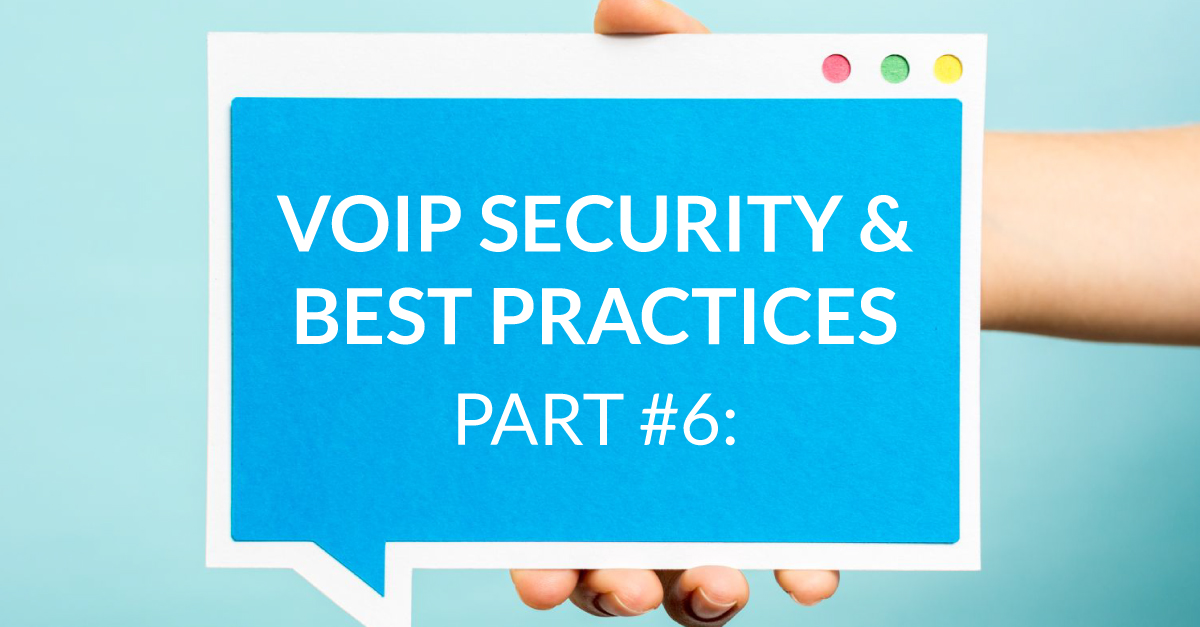
Using VPN (IP-Sec) is a completely different way to provide a secure VoIP solution. Using already well-established encryption tunnel technologies, a secure tunnel is created between the remote phone and the IP‑PBX.
In this example, the IP‑PBX resides behind a typical network firewall. The firewall is the border element between the Internet and LAN. The remote phone is located on a remote network across the Internet and the remote phone is establishing a VPN (IPSec) tunnel to the IP‑PBX. VPN (IPSec) is a network protocol suite that authenticates and encrypts the packets of data sent over the network. The firewall is relaying the VPN (IPSec) tunnel from the remote phone to the IP‑PBX.
![]()
In this example, the IP‑PBX resides behind a firewall, the firewall is the border element between Internet (or untrusted network zones) and Local Area Networks (or trusted zones). The firewall is a network security device and will forward the VPN (IPSec) traffic from the remote phone to the IP‑PBX.
![]()
If you enjoyed this blog, and would like to learn more about Security Best Practices for VoIP, download our whitepaper here: sangoma.com/voip-security-best-practices/